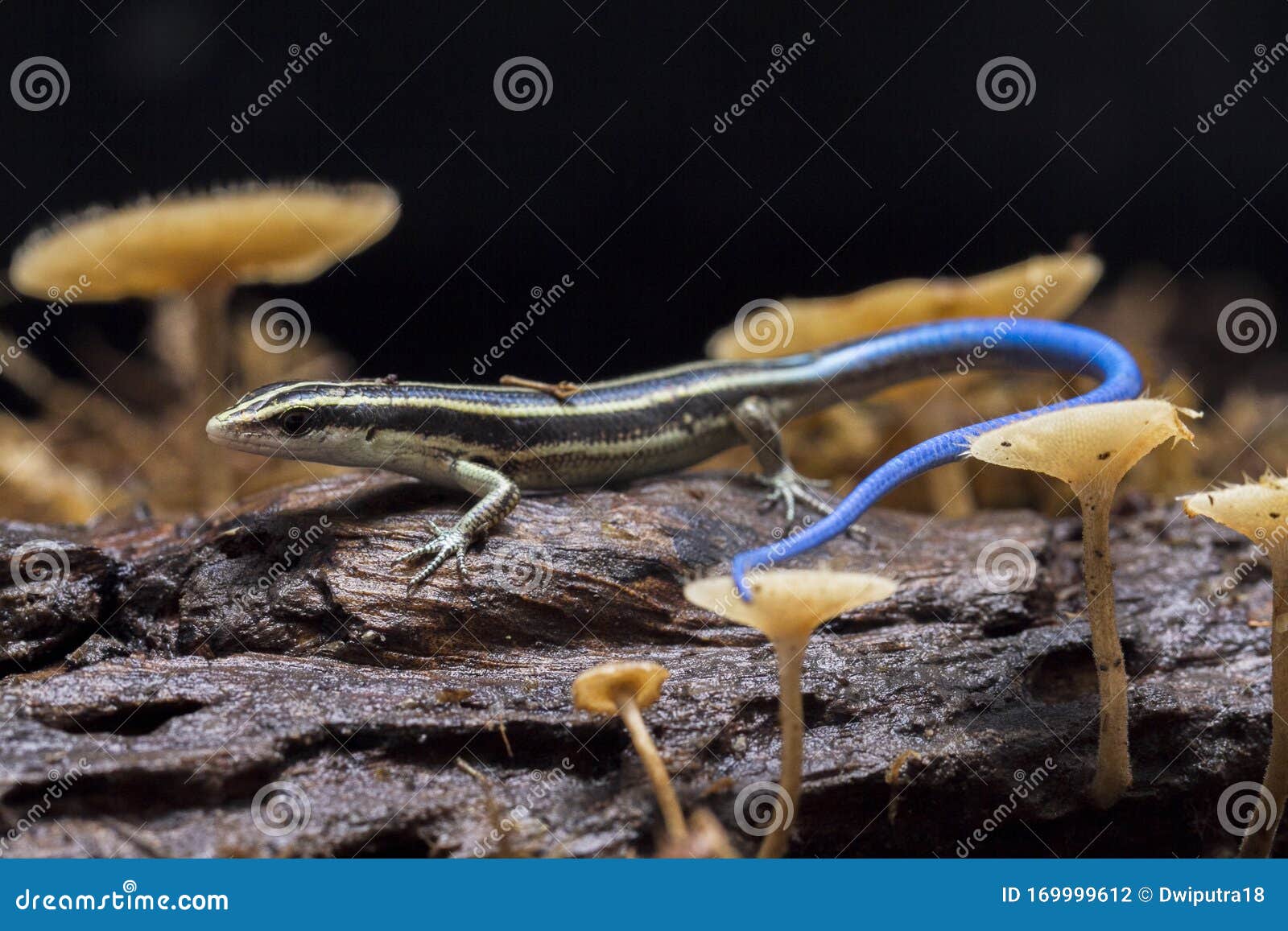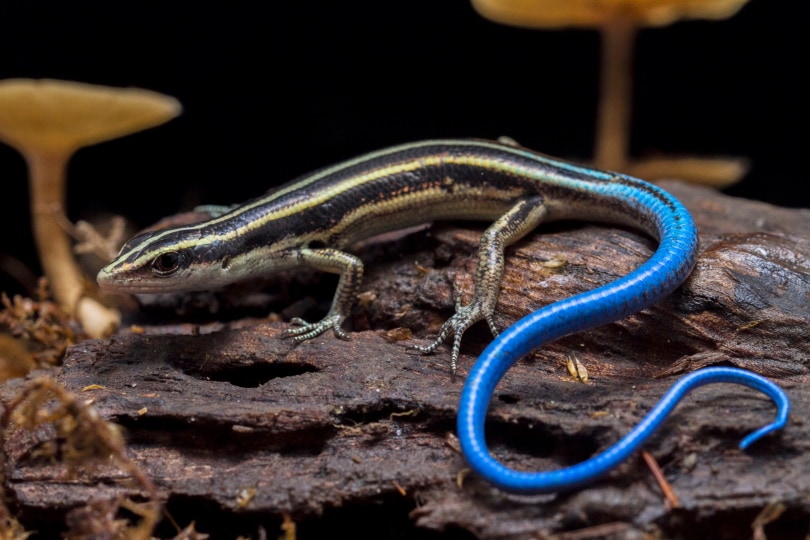

Parental care is exhibited only till about 2 – 3 days after the eggs hatch, after which the new hatchlings or juveniles are free to forage for food on their own. The female mothers display a defensive brood behavior while watching over her batch of eggs and protecting them from any viable predators. The colder it is, the more time the eggs will take to hatch. The eggs can take from 20 – 60 days to hatch depending on the environmental temperature. The size increases by absorbing the soil moisture, and the color changes from white to a tan color due to its contact with the soil and the nest. The size and color of the eggs change over time due to contact with the surroundings. The eggs range from being spherical to oval and are about 1 – 2 cm in length. The females lays 15 to 18 thin, fragile eggs at a time. The females form a nest by burrowing close to areas with high soil moisture and with abundant food source. The lizards are oviparous, i.e., egg-laying animals, and the eggs are fertilized internally during mating. Using the tails, the male aligns its cloacal openings and initiates copulation that usually lasts for around 4 – 10 minutes. Once a female is identified, the male approaches her from the sides and then clasps her jaws around her neck. The males rely on chemical cues to identify receptive females. Life Cycle and Reproductionĭuring the mating season around April-May, the males develop a red coloration on their chins and jaws, and also their heads appear broader. ➤ Tip 2: Feed only sufficient quantities that can be consumed within a few minutes. Younger and smaller lizards can be fed ants, worms, centipedes, and flies, whereas the adult, larger lizards can be fed spiders, grasshoppers, and beetles.

➤ Tip: Feed the lizards food depending on their size. They also prefer habitats that have rotting wood due to the abundance of insects it attracts. Their habitats usually also include free sunlit spaces where they can bask in the sunlight to increase their body temperature. This type of habitat provides the lizards with plenty of food source and hiding places. Their preferred choice of habitat is a rocky terrain with a bit of shrub cover. ➤ Tip: While their bright blue tails and yellow vertical stripes are indication enough, these lizards can also be identified by the row of tiny scales around the center of their body and under the tail. During mating, the males develop an orange-red color on the head and neck region. In the case of males, the vertical stripes fade away leaving a brownish body and tail color. In case of females, the contrast of the body color decreases, and the tail turns from bright blue to grayish blue. The coloration on these lizards undergoes changes as they mature into adults. They have a brown-black coloring with yellow stripes vertically across their body spanning from their snout all the way till the end of the tail. The blue-tailed skink is a smooth and slender species of lizards that can grow up to a maximum length of about 20 cm. Red coloration on chin and jaw of male skink during mating season. The International Union for Conservation of Nature has listed this species of lizards as Least Concern. They are generally terrestrial, but can also be found on trees occasionally. Similar to other reptiles, these lizards are also cold-blooded, meaning that their body temperature fluctuates according to the environmental temperature as they cannot regulate it themselves. It is the process by which the lizard discards its own tail in the presence of predators to increase its chance of survival. These lizards, like most other lizards, display autotomy. They are cylindrical, highly flexible lizards that have scales on their body. They are characterized by their bright blue tails and the vertical yellow stripes on their body.


The blue-tailed skink lizard, commonly known as the five-lined skink, is a species of lizards native to North America. The Blue-tailed skink discards its own bright blue tail during an attack to distract the predator and allow the skink to escape.


 0 kommentar(er)
0 kommentar(er)
